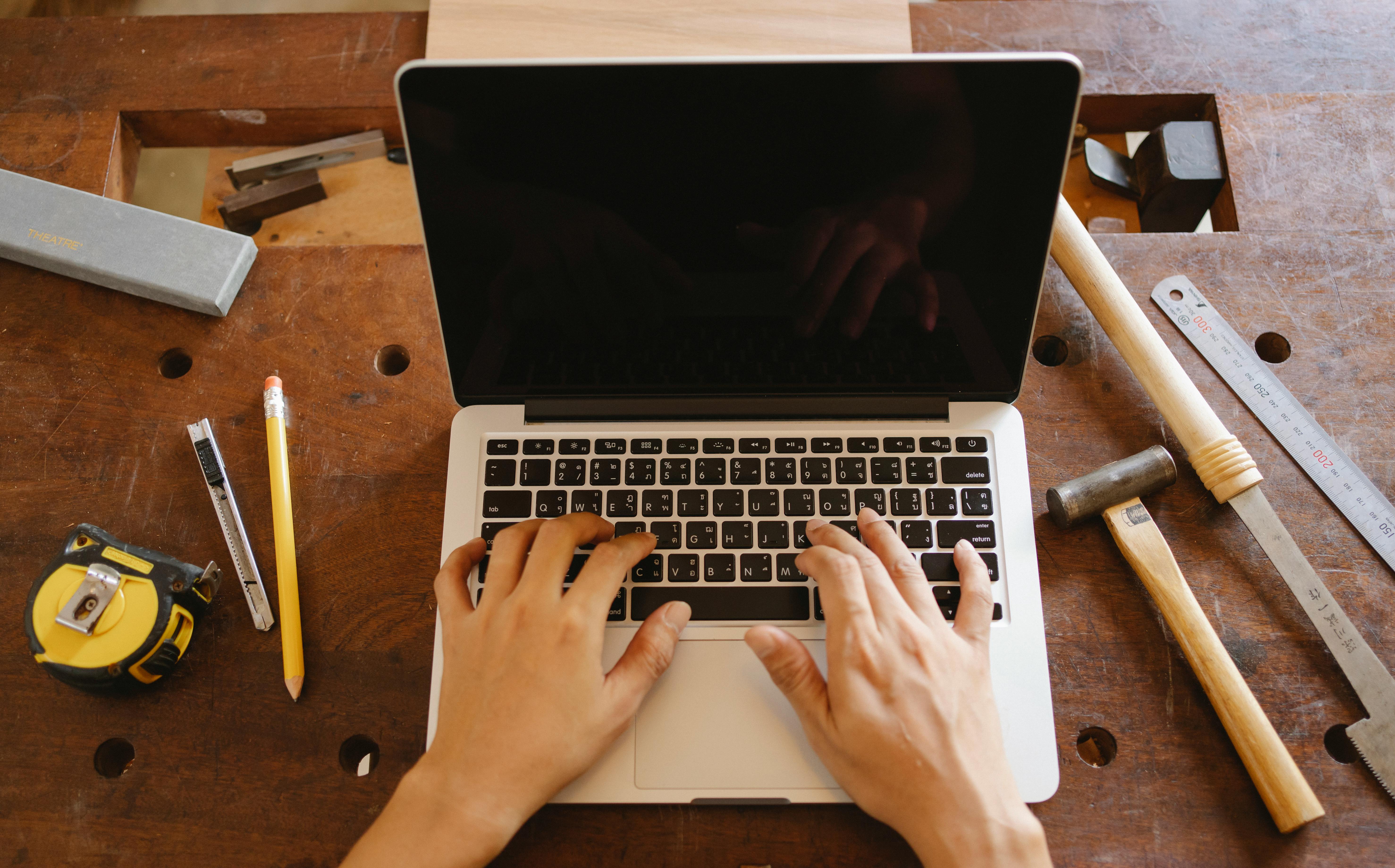When you order brochure printing, you’re doing more than cramming sales information and images onto a sheet of paper that’s precisely folded to fit in an envelope. You are sending an invitation to your readers: an invitation to open the brochure and learn more about your company. To do this effectively, there are a few brochure printing design methods you should consider.
1. Does your cover draw attention?
The saying may be “Don’t judge a book by its cover”, but the fact is that people still will. If you don’t have an eye-catching cover on your brochure, no one will pick it up to read it. During your brochure printing process, you need to look for an image that will grab a person’s attention. You can even use your company logo. Add a simple headline in large print that is worded to capture interest in what your brochure has to say.
You’ll also want to include a compelling element on the cover that encourages readers to take the next step and open the brochure. Finishing a thought or answering a question that was on the cover can be a good way to do this.
2. Have you used your color wisely?
In today’s competitive business environment, you almost need to print your brochure in four-color format if you want it to stand out. However, there is more to brochure design than simply placing a color photo on the front. The colors you decide to use when doing brochure printing will help set the mood. Brighter colors indicate fun topics, while neutral colors are better for more serious topics.
3. Do you have a variety of font sizes?
In your brochure, you need to find a way to emphasize the most important parts of the information you’re trying to convey. Many readers will simply glance at the brochure. If they see something that interests them, they will read it. However, if you don’t grab their attention quickly, your brochure will simply be thrown away.
During your brochure printing process, make sure your titles and subtitles are in larger fonts so readers can get the most important information right away. Less important information can be printed in a smaller font.
4. Are you using the correct fold?
During booklet printing, the type of fold you choose is almost as important as any other layout method. For brochures that include a lot of information, a Z-fold will help keep the details from being too overwhelming for the reader. The gate fold works great for brochures that prefer to tell their story with a large image rather than words.
5. Do you have great photos and images?
Images are an essential part of tying the information in your brochure together. During your brochure printing process, be sure to find images that add to the brochure’s message, are sharp and focused, and are interesting to look at. Don’t use so many that your brochure feels too busy, but don’t use so few that readers become overwhelmed with the text.
By using the right design methods, you’ll create a brochure that grabs attention and gets your message across perfectly.

